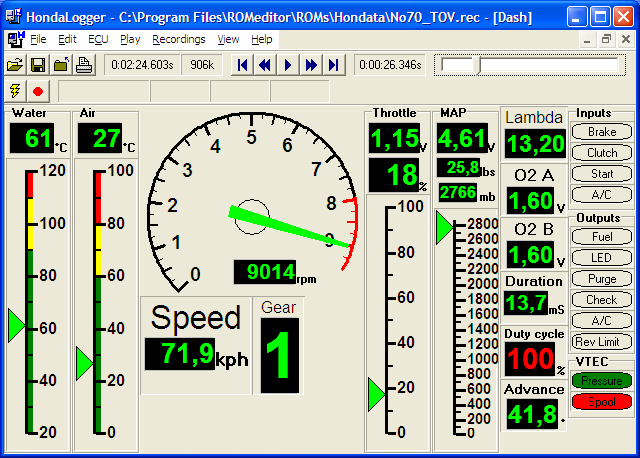Hi Manolis,manolis wrote: ↑17 May 2017, 09:53Hello J.A.W.
Here is the KTM250 TPI of 2018 from your link:
http://motocrossactionmag.com/wp-conten ... studio.jpg
According the DIRTBIKE TEST / Jimmy Lewis ( http://dirtbiketest.com/fresh-dirt/ktm- ... dG5bwpu.97 ) :
KTM says there will be, “considerable benefits over carbureted models including drastically reduced fuel consumption while also no-longer having the need to pre-mix fuel or alter the machines’ jetting.”
Called TPI (Transfer Port Injection) the biggest difference from current off-road four-stroke fuel injection systems is the placement of the injectors in the transfer ports and not in the throttle body or in the air boot (from what we can see).
http://dirtbiketest.com/wp-content/uplo ... -750-W.jpg
Question for all:
With the exhaust port remaining open for several (20? 25?) crankshaft degrees after the end of the transfer (i.e. with all the fuel into the cylinder), what stops a part of the fuel from escaping unburned to the exhaust?
We talk for an engine operating in a wide range of revs and loads.
In comparison, here is a PatATeco 2-stroke design which, either carbureted (the carburetor connects to the left / lower port):
http://www.pattakon.com/PatATeco/PatATe ... uretor.gif
http://www.pattakon.com/PatATeco/PatATeco_s1.gif
or injected:
http://www.pattakon.com/PatATeco/PatATeco_s5.gif
keeps the fuel in the cylinder:
the transfer starts with air from the crankcase, it continues with rich air-fuel mixture from the space underside the piston crown and ends with air coming from the crankcase and passing though the piston and the asymmetric transfer ports.
The rich air-fuel mixture can enter into the cylinder even after the closing of the exhaust.
In the same design the intake is highly asymmetrical without reed valves and without disk or drum valves.
More at http://www.pattakon.com/pattakonPatATeco.htm
Thanks
Manolis Pattakos
You could build it, & if it functions in metal as per design, KTM might have to pay you for it..
I note that a member here 'Uniflow' has been using a very similar ( home built) set-up to the KTM,
although the published Yamaha patents on it ( linked earlier in this thread) may well have elapsed...
The whole 2T/4T 'working volume/swept volume/geometric compression ratio' - palaver is of course, a 'rules fiction',
akin to the 'calculated equivalence' ratios accorded by various competition federations for wankel/turbo mills..


 .
.
